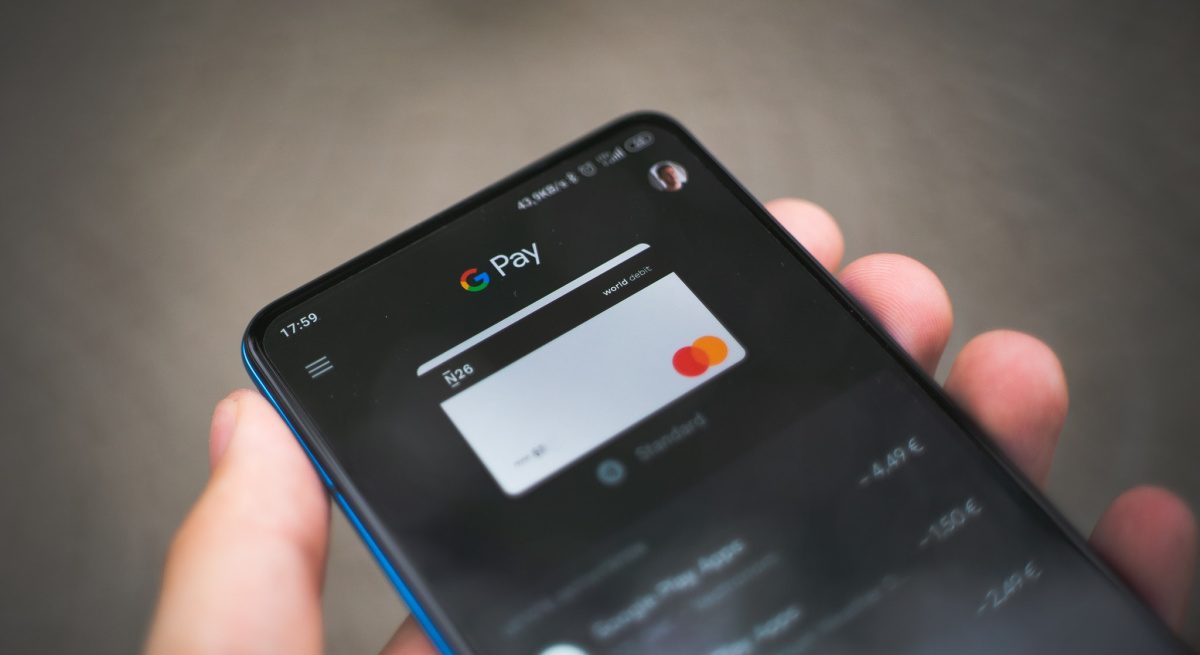Four Simple Ways to Integrate Contactless Solutions in Your Restaurant Reopening Strategy
3 Min Read By Ravi Racharla
Even before the pandemic, digital and touchless solutions were starting to become more mainstream in our day-to-day lives. But the viral spread of COVID-19 forced us to consider how we interact with people on a daily basis, as well as the potentially harmful germs we could be exposing ourselves to. As restaurants adjust their protocol to safely reopen, contactless experiences will be important in preventing the spread of this infectious disease. Because contactless solutions are hygienic, efficient, more secure, and in some cases can increase profitability, they will be a key strategy to ensuring a restaurant’s survival.
There are four touch-free methods restaurants can deploy now to ensure they are reopening in a way that promotes health and safety for their staff and guests as they work together to slow the spread of the coronavirus.
Contactless Menus
When it comes to menus, many restaurants have been brainstorming solutions like easy-to-wipe down laminated menus or disposable menus to mitigate the spread of germs between guests and staff. But ultimately, tactics like lamination require proper sanitation to be fully effective, and disposable menus can negatively impact both the bottom line and the environment. One method to help eliminate the transfer of germs or infectious particles, without requiring additional resources, is digital menus.
As consumers have come to rely on their cell phones in virtually every aspect of their lives, restaurants should consider letting guests order via mobile rather than at a counter. This can be done by making interactive menus available online or in an app. In fact, 77 percent of restaurant goers check a restaurant’s menu online before visiting or ordering anyway, which reinforces the need to have menus readily available. Restaurant owners who put their menus online or within an app eliminate the need for physical, shareable menus.
Contactless Ordering
Since the pandemic has started, online and remote ordering has been essential to helping businesses stay afloat as dining rooms across the country closed down. In fact, during the pandemic, 92% of orders from restaurants were received through off-premise methods rather than people ordering at the facility.
Off premise and online ordering capabilities have become industry standard, and there are multiple ways for dining facilities to incorporate this into their operations. Ordering could be as simple as having a widget on your website that collects orders, to something more complex such as developing an app for your restaurant, or integrating a third-party app vendor or SMS technology into your process.
Contactless ordering not only adheres to the new normal created by the coronavirus, but allows for a better customer experience and promotes unnecessary or limited contact from consumers in restaurants. Additionally, contactless ordering capabilities promote a more streamlined customer experience and allows restaurants to take orders from more customers, more quickly while freeing up staff to fulfill the orders.
Contactless Payments
From beloved apps like Apple Pay to tap-to-go credit cards, contactless payment options have been on the rise since well before the pandemic. But after the coronavirus swept through the nation, touch-free transactions have spiked, likely because we are collectively realizing how easily germs can spread via cash. In fact, 51 percent of Americans are using cash less often and are using some form of contactless payment already. Even the CDC recommends Americans use touch-free payment while running errands.
Restaurants need to prepare themselves for this demand of contactless payment by adopting technologies that best fit their needs. The technology that is best suited for your customers is dependent on the type of dining establishment you operate. For example, near-field communication payments, digital wallets or a tap-to go friendly terminal will be more beneficial for fast casual restaurants whereas a payment app will be better suited for dine-in guests.
If a restaurant owner can seamlessly weave contactless payments into their already-existing transaction process, guests can enjoy their meal without worrying about unnecessary contact, exchanging unsanitary cash, or traditional card swiping
Contactless Receipts
This is a small step, but one that many fast food and fast casual restaurants are already embracing. Apps like Square have prompted customers to rethink whether they actually need a paper receipt or not by taking away the option and instead offering a SMS or email receipt. Not only does skipping the paper receipt save resources for the merchant, but it also cuts down on paper waste. In fact, in the U.S. alone, paper receipt production uses more than three million trees, nine billion gallons of water, and emits four billion pounds of CO2 each year. Beyond that, most paper receipts are coated with harmful materials such as BPA and BPS, which are known endocrine disruptors. By eliminating this last step of the customer-merchant transaction, restaurants can reduce exposure, save costs, and decrease the harm done to the environment and their staff’s health.
It’s a unique time and space to own or manage a food service business. In order to keep pace with the cultural shifts, restaurants need to plan for contactless solutions to be a major part of their reopening. This will not only create a more comfortable experience for their customers, but also to protect their staff from unnecessary exposure and contact.


